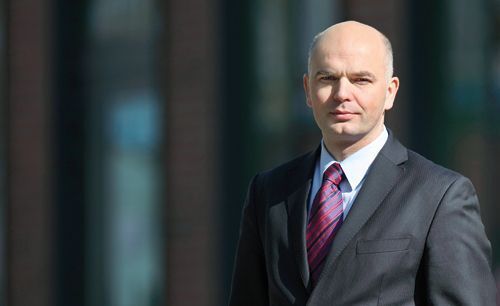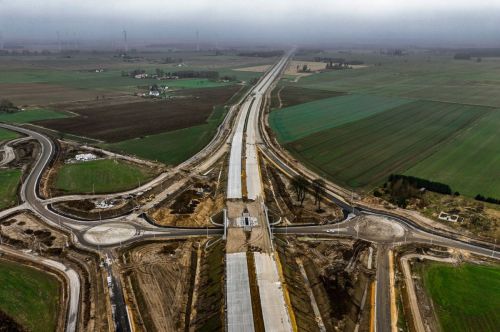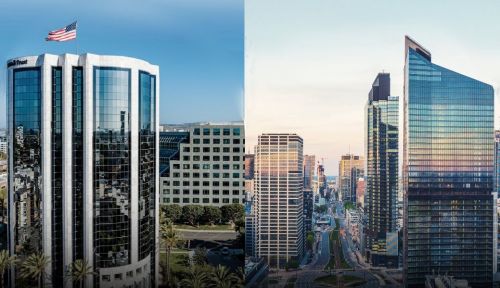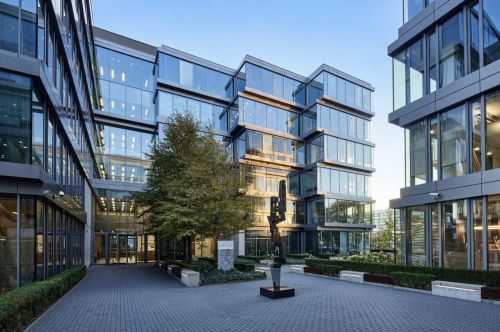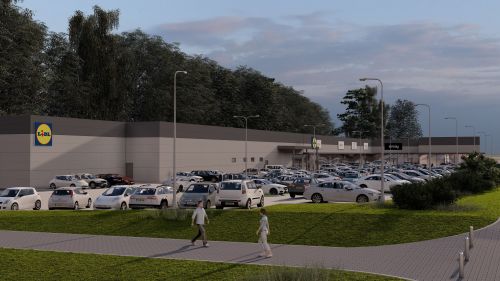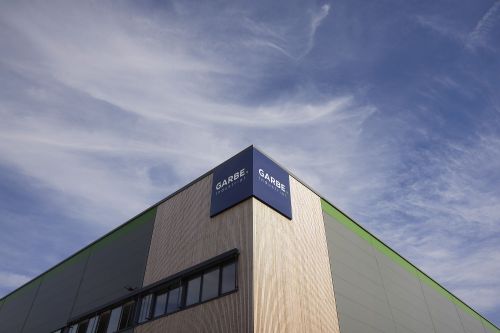In 2011 there were 4,061, 6,797 in 2012 and – finally – 8,506 in 2013. The numbers of people who have successfully taken part in and completed the PZU Warsaw Marathon, organised by the Warsaw Marathon Foundation, has been growing in recent years. And if you add the figures from the second Orlen Warsaw Marathon, in which over 30,000 running enthusiasts took part (although most of them opted for just the 10 km run or for an endurance march), it would be easy to arrive at the conclusion that running is in fashion.
If not the price, then what?Why do we run? For pleasure. During physical exertion our brain produces endorphins – happiness hormones. We train to get into better shape and to outrun our rivals in a race. Or perhaps because it is just another fad, so not running simply makes you feel left out? What does sport have in common with the office sector? Happiness hormones do not really have much of a part to play in this market (perhaps only when you are elated after
